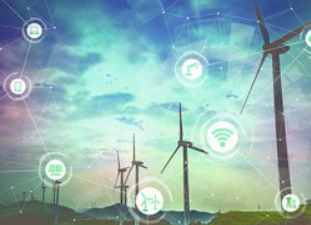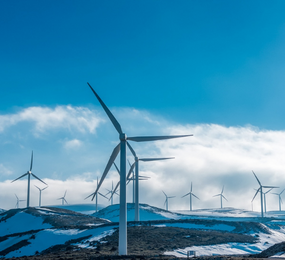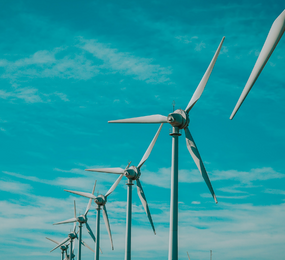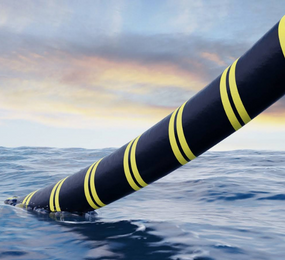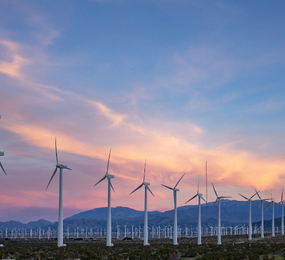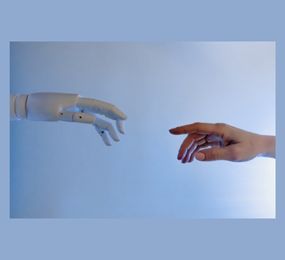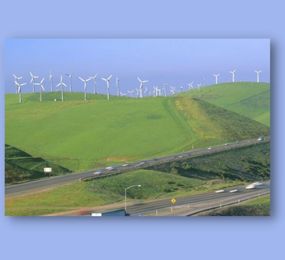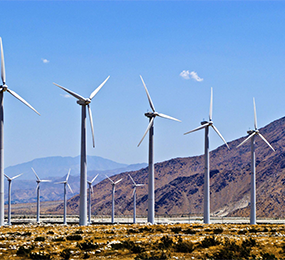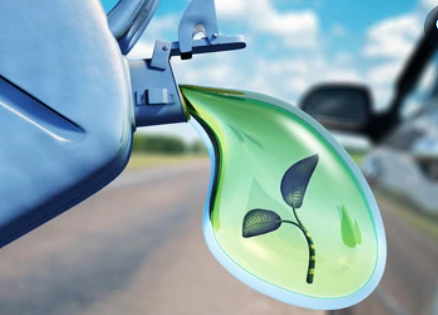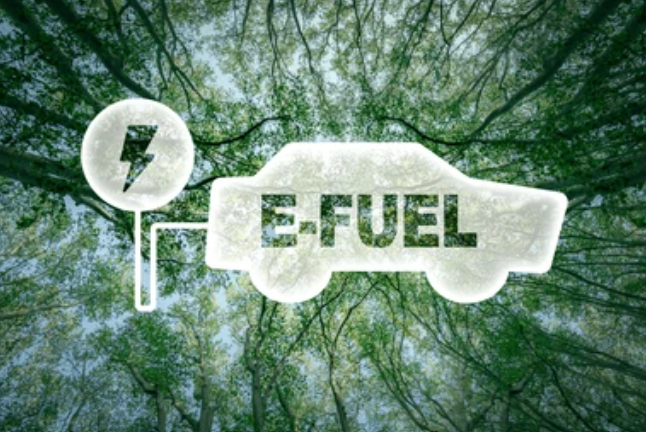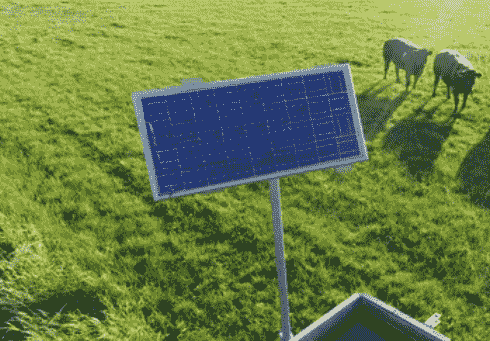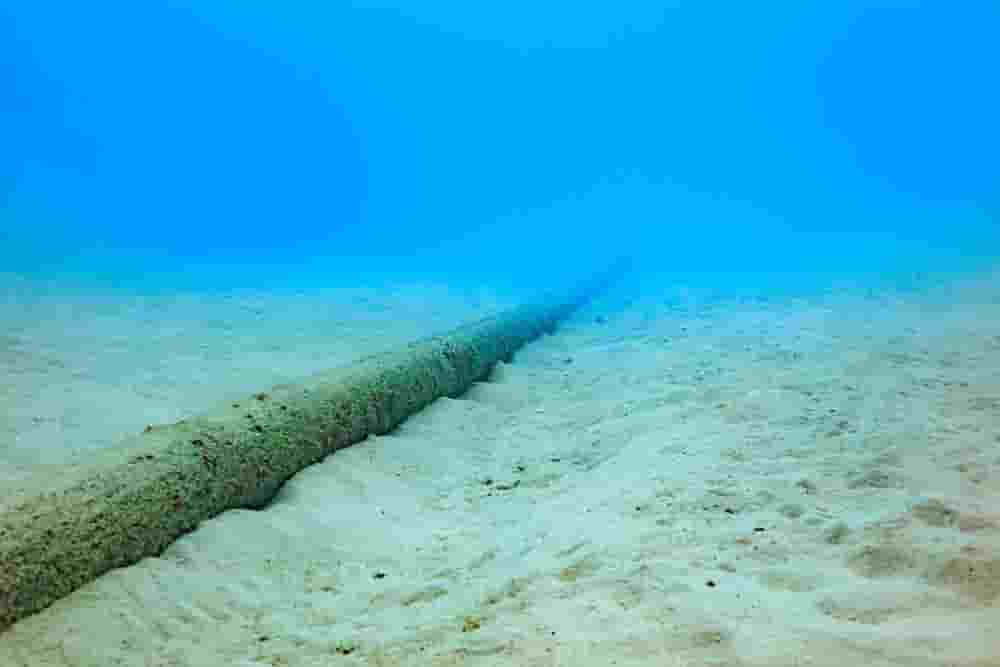Wind Turbine Blades: Rethinking Materials and Recycling for a Cleaner Future
Wind energy has become one of the most reliable sources of clean electricity around the world. It powers homes, businesses, and entire regions with zero emissions. But as more wind farms go up, an important question is coming into sharper focus—what happens to wind turbine blades when they reach the end of their lifecycle?
Turbine blades are marvels of engineering, designed to endure two to three decades of high-speed rotation in extreme weather. To achieve this, they’re typically built using tough composite materials like fiberglass, carbon fiber, and epoxy resins. These materials provide the needed strength and durability—but they also pose a significant recycling challenge.
Unlike metals or simple plastics, composite blades are difficult to break down. Today, many decommissioned blades are either landfilled or incinerated. While these methods might be cost-effective in the short term, they don’t align with the long-term vision of a sustainable energy future.
Innovating with Better Blade Materials
The wind industry is now investing in the development of more sustainable blade materials. Research teams and manufacturers are testing thermoplastic resins that can be melted down and reshaped, making recycling far more practical. Others are exploring bio-based resins made from natural oils or agricultural waste, which reduce the environmental impact from the start.
These new materials aim not only to make the blades recyclable but to reduce their overall carbon footprint during production—marking an important shift in how wind infrastructure is designed.
Recycling Strategies Taking Shape
Beyond materials, new recycling approaches are being tested and scaled. Some involve mechanical shredding, where blade fragments are used as fillers in construction materials like concrete. Others are advancing chemical recycling, which breaks down the composite components to recover usable fibers and resins.
There’s also growing interest in repurposing entire blades—turning them into pedestrian bridges, sound barriers, or even public benches. These creative uses give old blades a second life while avoiding the landfill.
Takeaway:
- Wind turbine blades are difficult to recycle due to composite materials.
Industry leaders are investing in recyclable and bio-based blade materials.
Innovative recycling techniques include mechanical shredding, chemical processing, and repurposing for construction.
A sustainable wind future depends on circular design thinking from the start.
Conclusion
As wind power continues to expand, the need to handle blade waste responsibly is more pressing than ever. Smarter designs, new materials, and innovative recycling strategies are helping the industry turn a potential problem into an opportunity. The goal is clear: keep wind energy clean, not just in how it’s used—but in how it’s made, maintained, and eventually retired.
Learn more on our website: https://www.leadventgrp.com/events/3rd-annual-wind-blade-materials-and-recycling-forum/details
For more information and group participation, contact us: [email protected] .
Leadvent Group - Industry Leading Events for Business Leaders!
www.leadventgrp.com | [email protected]


